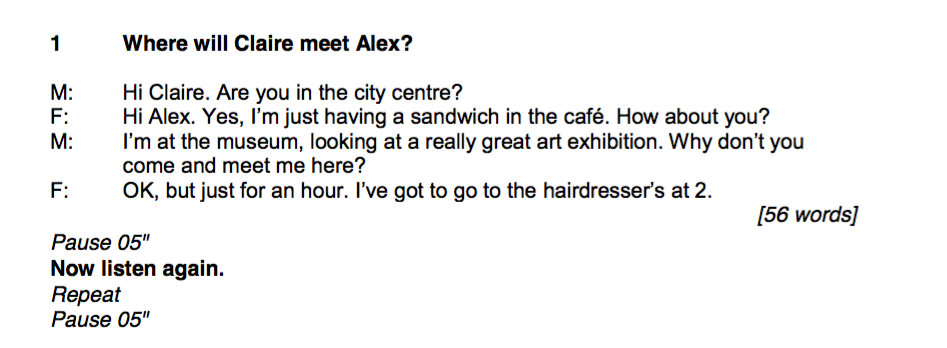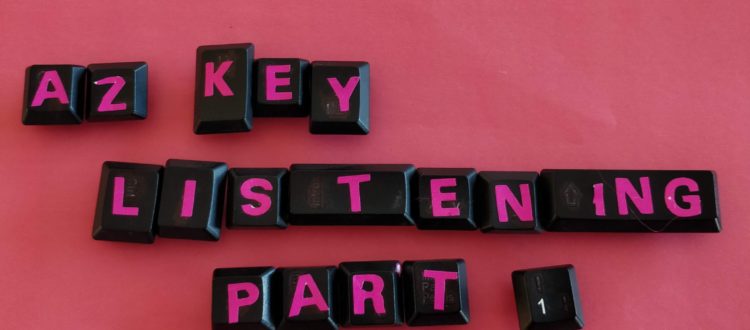Engaging with A2 Key Listening Part 1
Today, I’m going to share some ideas for engaging students with A2 Key Listening Part 1. This follows on from my previous post, About A2 Key Listening Part 1.
The sample questions I mention below come from the A2 Listening Sample Paper, available from the Cambridge Assessment English website in the Resources for Teachers.
The pictures
1 Make groups of pictures
Make copies of the pictures from this Part. Cut out each individual picture. (Or if you’re going to be doing this activity online, do a picture capture of each picture.)
Give/show the pictures to each group and ask them to make five sets of three pictures.
Note: To do this online, you can use a powerpoint slide and use it in editing mode, then the students can move the pictures around to make the groups.
2 Describe your picture and find your group
An alternative approach is to give/show each student a picture (with small classes, you can give/show more than one picture to each student). They take it in turns to describe their picture(s) to the other students and each group forms five groups of pictures.
Note: You can make this challenging by having ‘taboo’ words that they can’t use for each picture! e.g. 1A – museum 1B hairdresser 1 C café, coffee
3 Put the pictures in the order you hear them mentioned.
Students put their pictures in the order that they heard them mentioned in the dialogue. If you’re together in the classroom, students can actually stand up when they hear about their picture and move into the order. Online, you could move the students’ photos around on the screen if you’re able to!
4 What do you hear about your picture?
Give each student a picture from each question (or tell them their letter – A, B or C). They have to listen for the information they hear about their pictures.
e.g.
2A Fred Warner’s meeting finishes at quarter past ten.
2B Fred Warner will be in another meeting at twelve o’clock.
2C The man should telephone again at half past twelve.
How these activities help
They get students to really focus on the pictures and their content and the connection between the different groups.
In activity 3, we cut down the listening load on students, because they are only listening for one piece of information.
Fun extensions
Ask students to write a sentence/story using one picture from each set.
After ‘doing’ the listening, ask students to write a sentence/story using all the right options (the answers). museum, 12.30, July 25th, sunny, five pounds.
My sentence
Claire walked in the sunny weather to the museum to meet Alex at 12.30 on July 5th and paid five pounds to go inside.
The questions
As I said in my previous post, one effective way of checking understanding is to get students to say which questions the wrong options would answer.
You could either let students listen again, or let them read the tapescript (and listen again too).


Possible questions which would have B or C as the answer:
Where is Claire going after she meets Alex? (B)
Where is Claire now? (C)
How this activity helps
It zooms in on the question students have to answer. In this case, the question asks Where will Claire meet Alex? It’s a future event. Claire is having a sandwich now, at the café. In other questions, perhaps students need to understand something about the past, a past event.
Fun extensions
- Students write and act out a different conversation – perhaps between Claire and a family member or another friend about her day and the things she did.
- Students write Alex’s or Claire’s diary page for this day.
- Students write a message from Alex to Claire to tell her exactly where he is in the museum when she arrives.
- Alex took 3 photos and 2 selfies at the museum. What did he take the photos of and where did he take the selfies (what was in the background).
- Students think of names for: the café, the museum, the art exhibition, the hairdresser’s. They add these to the tapescript.

